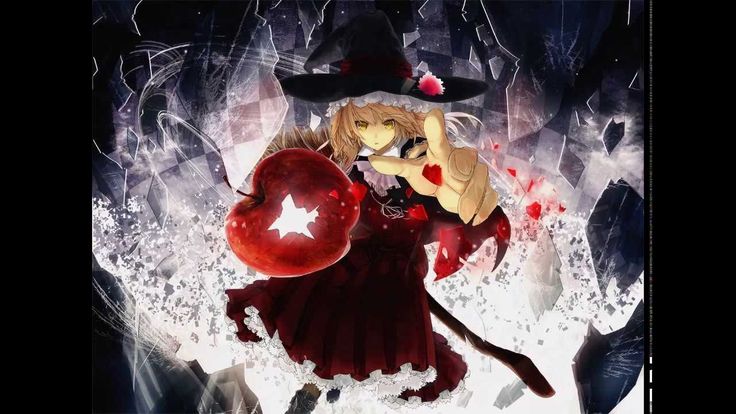


* Added 18 new recordings that definitely contain Elwin vocals: Dec mx. For a browser-friendly version of this document, visit For version 0.4.0, I have * Added three new sources: and Mike Thomas's "Bon Marché" and "Key" discographies.

It identifies bands and other accompaniment, vocal partners, session locations and dates, matrices and takes, titles, songwriters, and labels and catalogue numbers (including non-UK issues). This discography documents Maurice Elwin's sound recordings (1916-1936). As previously obscure genres, which tend to use insects more, become more popular (witness the rise of Rap music), it is possible that even more insect songs will be heard on the airwaves. As Hogue (1987) cites only eight insect songs from traditional or classical music, the results of this study suggest that rock music has utilized insects to a much greater extent, although the percentage of the total is small.

Little biological information is provided by insect music, the most common exceptions being metamorphosis and curious methods of insect control. Overall, insects in music have been used to great effect in eliciting humor, especially the dark and twisted kind, and occasionally to address deeper issues. Popular music, however, has more participants (artists) and titles (albums and tracks) than the other media, perhaps allowing a broader range of expression of attitudes toward insects. Not surprisingly, these applications are similar to those found among films and cartoons. Hymenopterans are the insects most commonly cited, probably because they have both charming qualities and painful associations, such as stinging. Lepidoptera probably are well represented because of the beauty of butterflies and moths and Diptera for the negative hygienic associations of flies, maggots and mosquitoes. Insects have been used for a diversity of effects in rock music but primarily for their appealing qualities and for shock value.


 0 kommentar(er)
0 kommentar(er)
